Last week, I visited Gettysburg, Pa. to get a little research in on Jefferson Coates, the main subject of the historical novel I’m writing. I visited the Seminary Ridge Museum, which was fabulous. I highly recommend a visit. The museum executive director Barbara Franco gave me a personal tour. It’s a small enough museum that it’s not overwhelming, yet it’s jam packed with interesting things and stories. Including the story of Jefferson, right on one of its walls.
A closer look for you.
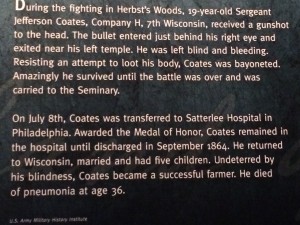 My novel isn’t about the war, but it is about how the war changed Jefferson and how he overcame his obstacles to live a full life. But I thought I needed to start at the place where he lost his eyes and to try to understand his last day of eyesight. To see the landscape. The flowers. The trees. The fences—most of which are still there.
My novel isn’t about the war, but it is about how the war changed Jefferson and how he overcame his obstacles to live a full life. But I thought I needed to start at the place where he lost his eyes and to try to understand his last day of eyesight. To see the landscape. The flowers. The trees. The fences—most of which are still there.
Part of my day was spent in the museum. It’s the original building and creaked and groaned as I walked it’s wide corridors. The way in which the rooms were set off the hall, it was easy to imagine it housing classrooms and “dorm” like rooms that the seminary students might have lived in before the war and how it served as a hospital during the war.
The other part of my day was spent in the field with Roy Frampton, writer of “Nobel Pillars: Medal of Honor and Confederate Medal of Honor Recipients of the Gettysburg Campaign, (Vol. I),” a book that I’ve found extremely helpful in learning about the medal and about Coates. He’s an official tour guide for the battlefields, as well. The man knows his stuff.
Coates fought in the first battle at Gettysburg. It looked like the Confederates were going to beat the Union. Coates and his ilk were greatly outnumbered at at first. His orders were to hold his line and position–which he did for as long as he could—until the “skirmish” became much more than that and Jefferson’s men began to scatter.
Eventually they made their way backwards (toward the Lutheran Seminary), sort of backing up from ridge to fence to ridge. At a certain point, Jefferson’s crew (the 7th Wisconsin, part of the famous Iron Brigade) was surrounded by three sides. They suffered great losses.
Here’s some photos of where this famous battle took place.
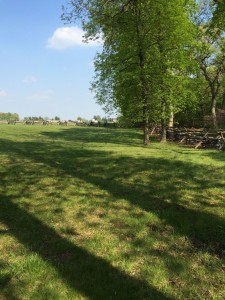
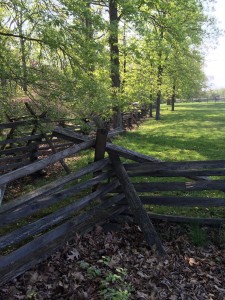
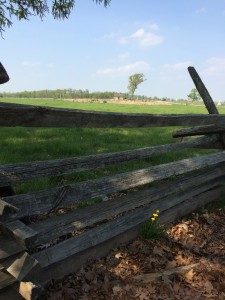
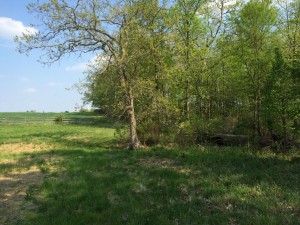
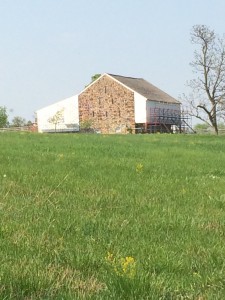
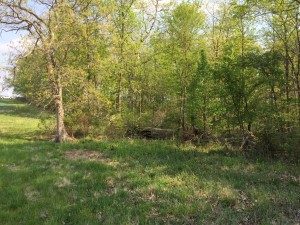

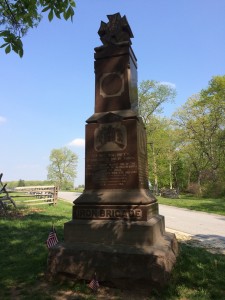
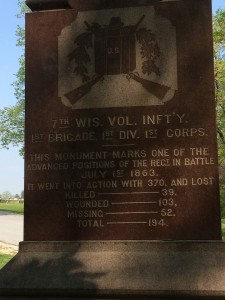
I really didn’t learn anything new about Jefferson, but the trip served to deepen my understanding about this important day in his life and in the history of the U. S. Plus it helped me envision thing more clearly. I picked up some interesting details that will be useful—things about the ambulances they used and the stretchers and so on.
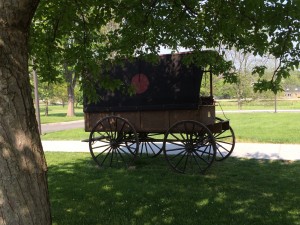
Walking through the hall of the place that held so many suffering soldiers was so touching. Walking the field where so many men fell, including Jefferson Coates, moved me in almost indescribable ways.
Stay tuned in the next weeks and months as I move further into this project.
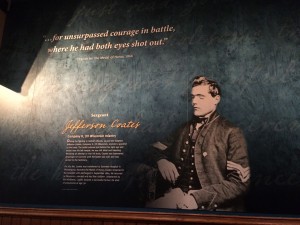
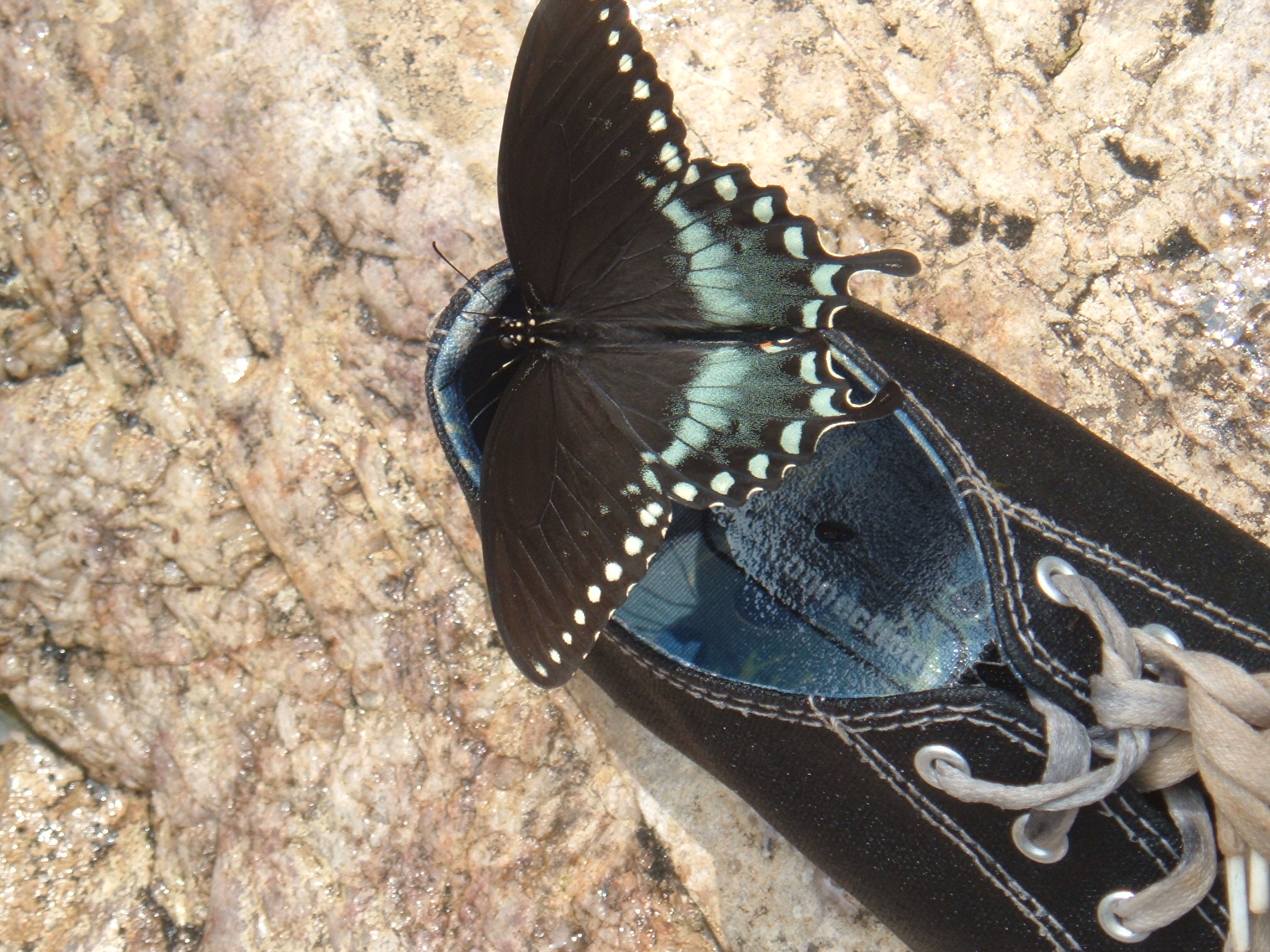
I write a column on Grant County Wisconsin history and study the iron Brigade form grant County. If I can helping any way let me know. His mother and I believe a sister are buried in the Boscobel cemetery among other Iron brigade members. There were 3 companies from Grant Co in the 7th. His was raised in the northern part of the county. There is some local info on the Co. but not a lot. His captain was quite the ladies man. Jon Angeli 253 south Harrison St Lancaster Wisconsin jrangeli@tds.net 608723 6686. We have a captured flag in our courthouse from the First Day and I have the pistol of the Col of the seventh. he also was left on the field for a couple days wounded.
There certainly is a book there. Jon
Thanks, Jon! So thrilled to hear from you. I’ll be emailing you. The book is almost finished, but I do still have some questions. Cheers,
Mollie